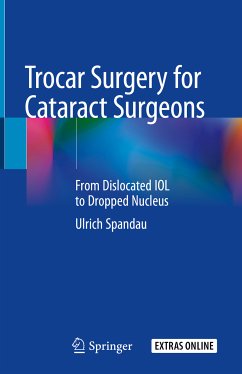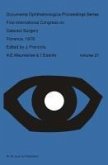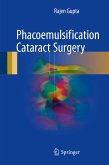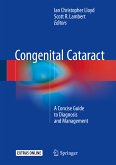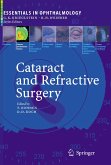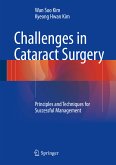This book describes how trocar cannulas can be utilized by cataract surgeons in the treatment of complications of cataract injuries. Cataract is still the first cause of blindness in the world, and as such, complications inevitably occur during and after surgery. Trocar surgery has the potential to revolutionize anterior segment surgery, demonstrated here as an easy-to-use technique for conquering the pars plana region. This book describes the simple technique of trocar surgery utilizing trocar cannulas with clear and precise diagrams and video content, making it easy to learn and implement for cataract surgeons.
The videos of this book are available at the Springer Link website.
Trocar Surgery for Cataract Surgeons systematically details how trocar surgery can be used to expand the surgical spectrum for cataract surgeons and provide the basis for novel surgical techniques in the field.
The videos of this book are available at the Springer Link website.
Dieser Download kann aus rechtlichen Gründen nur mit Rechnungsadresse in A, B, BG, CY, CZ, D, DK, EW, E, FIN, F, GR, HR, H, IRL, I, LT, L, LR, M, NL, PL, P, R, S, SLO, SK ausgeliefert werden.
Es gelten unsere Allgemeinen Geschäftsbedingungen: www.buecher.de/agb
Impressum
www.buecher.de ist ein Internetauftritt der buecher.de internetstores GmbH
Geschäftsführung: Monica Sawhney | Roland Kölbl | Günter Hilger
Sitz der Gesellschaft: Batheyer Straße 115 - 117, 58099 Hagen
Postanschrift: Bürgermeister-Wegele-Str. 12, 86167 Augsburg
Amtsgericht Hagen HRB 13257
Steuernummer: 321/5800/1497
USt-IdNr: DE450055826
Bitte wählen Sie Ihr Anliegen aus.
Rechnungen
Retourenschein anfordern
Bestellstatus
Storno

